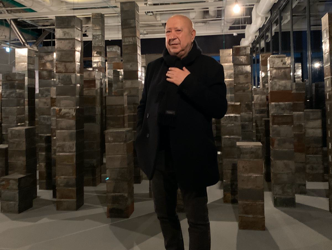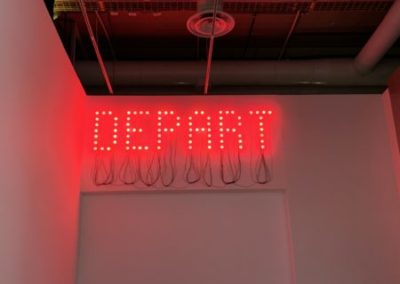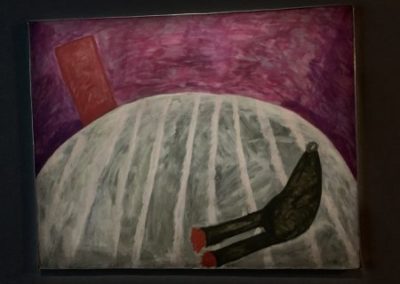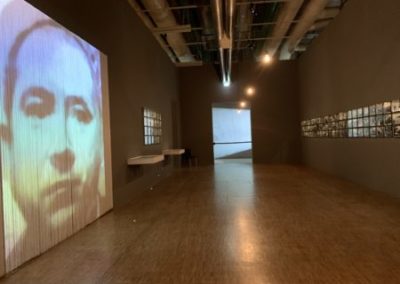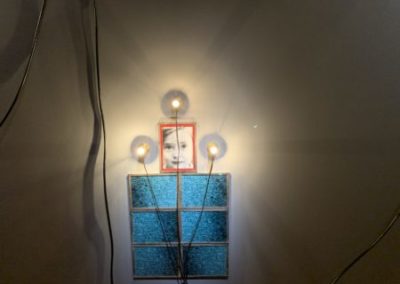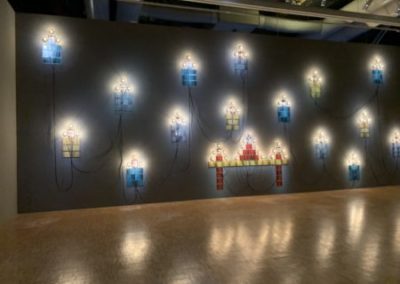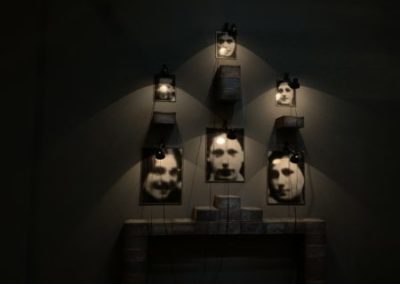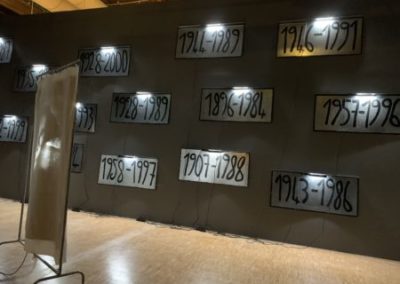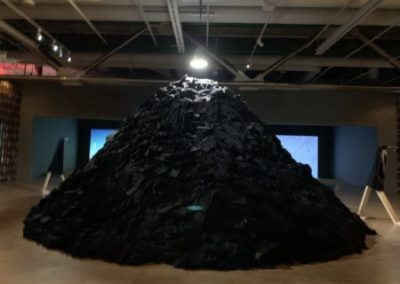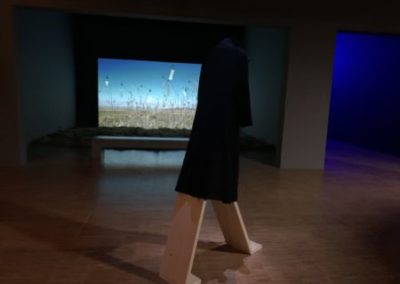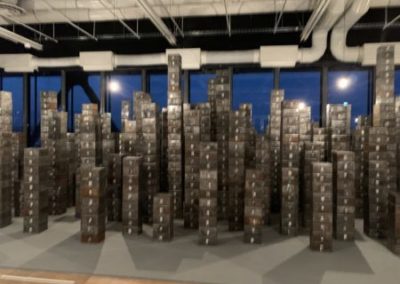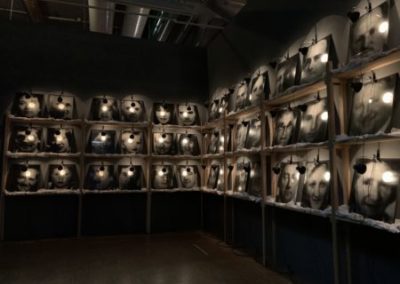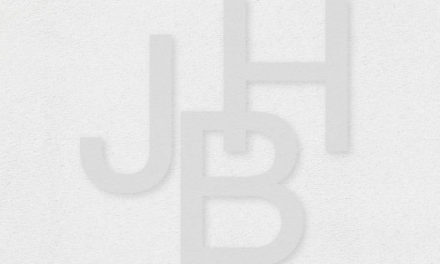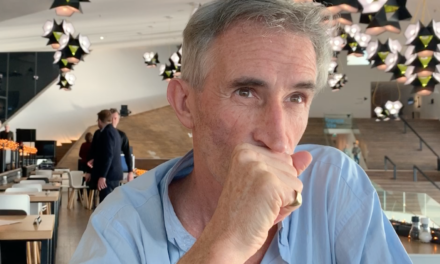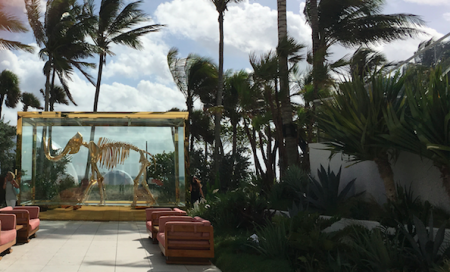14 July 2021
All his life Christian Boltanski was obsessed by death. At his final large-scale exhibition, a retrospective conceived as a single artwork in 2019 at the Centre Pompidou, with its premonitory title “Faire son temps” (“Life in the making”), he spoke about the dead who haunt us and about the appeal of ghosts. He died on 14 July 2021 at the age of 76 at Cochin Hospital in Paris following an illness after several days in a coma. This is the last interview I did with him. I followed him in many such projects in Amsterdam, Venice and Teshima, among others.
Love for Life
He said: ‘I have a great love for life. But the trouble is that today they want to make us believe that we aren’t going to die.’ Something to think about.
Christian-Liberté
The French artist Christian Boltanski was born in Paris on 6 September 1944, only 11 days after the liberation of the French capital from German occupation. As it happens, his full name is Christian-Liberté.
Art begins with trauma
He explains: “Art begins with trauma. For me it was the war, the Holocaust, my parents’ friends who I heard talking about their experiences. The whole family was strange. I didn’t like being around other people. I tried various schools, then my parents let me stay at home. I didn’t do much except look out of the window up until my older brother encouraged me to draw. Then I decided I would become an artist (1)”.
He destroyed the paintings
Christian Boltanski painted from 1957 to 1968 and then destroyed nearly all of his paintings. In the retrospective dedicated to him at the Centre Pompidou, conceived as a single giant artwork made up of 40 monumental works across 2000m2, one of his rare existing canvases is on show. His style is expressionist, almost abstract, depicting a figure of a man lost in the immense universe of his room.
Too much space
. The cause of this destruction? “It took up too much space.”
Material world
Boltanski doesn’t really inhabit the material world. His vocabulary tends towards objects that are often evanescent (projections) with intangible elements or neglected items from daily life like metal boxes, desk lamps, old clothes, hanging sheets.
His friends, the dead
Most significantly, at the centre of his universe there are black and white photos which address his friends, the dead. “Photographs are proof of the existence of someone when they die. Everyone is faced with the question of death. Even when they try to forget it.”
Total immersion
The Paris retrospective is a total immersion in his world, with no safety net, in other words without any explanatory captions. This gives the layout of the space a character that is both powerful – we are transported by sensations of a spiritual order – but also a little taxing for those unfamiliar with his work.
He learned to play
With age, little Christian-Liberté has learned to play at last. He is now having fun with images of the dead cut out as silhouettes, the vision of a snowy landscape in Poland taken on his phone, stacks of metal boxes which resemble buildings, little bells attached to long grasses which ring out like spirits of the dead, or fake whale sounds emitted by cornets that the wind passes through, installed by the seaside, to illustrate a local legend in Patagonia. His journey through the land of phantoms begins and ends like a board game, with huge signs made up of lightbulbs spelling out: “Start” and “Finish”.
(1) In his remarkable biography written by Catherine Grenier (Boltanski, Flammarion. 2010) he talks about how throughout the war his Jewish father hid in their Paris apartment under the parquet flooring.
Support independent news on art.
Your contribution : Make a monthly commitment to support JB Reports or a one off contribution as and when you feel like it. Choose the option that suits you best.
Need to cancel a recurring donation? Please go here.
The donation is considered to be a subscription for a fee set by the donor and for a duration also set by the donor.

